CANDABA, Pampanga – The distinct footfalls of our carabao companions are drumming up the first light of day. Every sled is packed full of storytellers, with cameras ready, long lenses attached, reporters’ notebooks on hand. Twenty minutes into the ride, and the sunlight reveals the full height of Mt. Arayat enveloped in morning mist.
By this time, the vast rice paddies are more welcoming in their low-sun hues, with purple herons and egrets, among others, beginning to show up in the red-tinged skies. It’s World Wetlands Day (WWD) 2019, and the sounds of the birds of Candaba Wetlands are about to turn up—a wake-up call for our changing world.

“Wetlands and Climate Change” is the theme for this year’s celebration, highlighting the crucial role wetlands play for climate action. Rising temperatures affect the oceans, sea levels, rain/drought and snow patterns. In just 35 years, the frequency of disasters worldwide has more than doubled, and 90% of which are water-related.
Highly prone to natural disasters, the Philippines ranks fifth in the Global Climate Risk Index, a study that analyzes which countries are most affected by extreme weather events from 1997 up to 2016. An average of 20 tropical cyclones make landfall in the country every year, and climate change exacerbates the frequency and impact of these weather-related events.
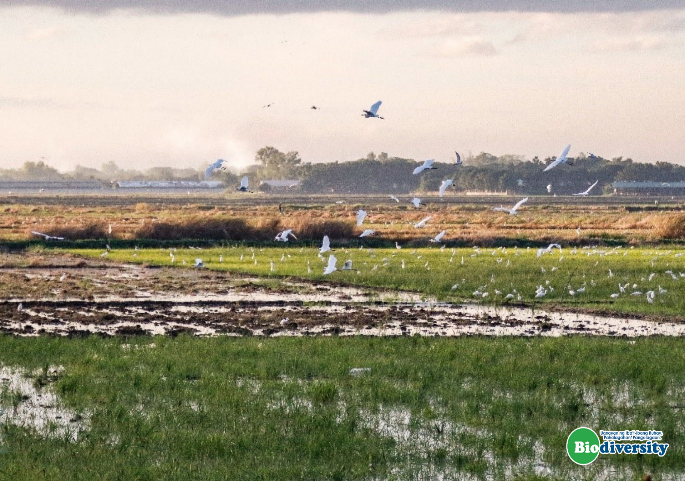
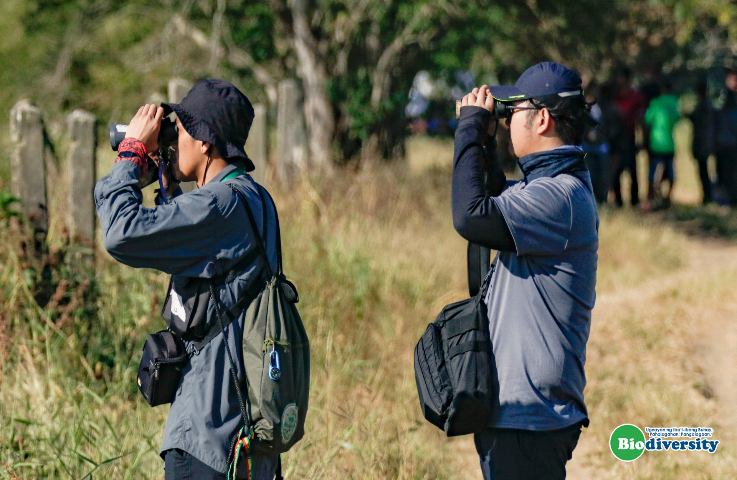
Mostly purple herons, egrets and black-crowned night herons show up in flocks, flying in the skies or nesting in colonies. One purple heron flies low overhead and frantic shutter clicks prevail over the chirping of the birds.
Birdwatching guides and media participants take turns looking through the spotting scopes and binoculars. Extreme close-up views of the Common kingfisher, Philippine coucal, Pied bush chat, Blue-tailed bee-eater and Chestnut munia are an absolute delight.
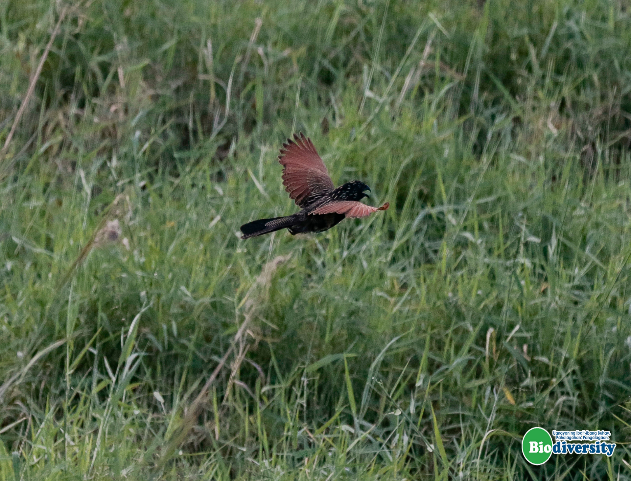
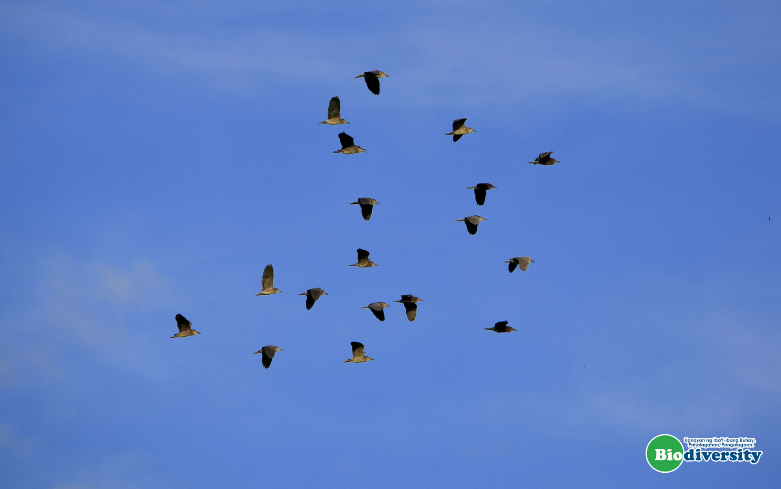
It is easy to take greater delight in what one sees up ahead, but a closer look reveals a significant drop in number. The Asian Waterbird Census conducted by DENR Region 3 last January 17 counted 2,188 birds in total, from the 1,449 count in 2018. Last year presents the lowest recorded migration rate since 2010.
“Marami nang pinagbago ngayon. Sa parte ng Candaba swamp na ito, isa na lang ang produktong nalalabas dito. Palay na lang (dry season) at tsaka isda (wet season). Pero noon, may melon, may pakwan. Iyong tumutubo noong panahon na iyon, may tukal (sacred lotus) sa Kapampangan. Nakakakuha pa noon ng tukal ang mga ibon, kaya maraming ibon dito. Dahil kapag namumunga siya, iyon ang kinakain ng ibon,” Benjamin says.
“Sa panahon ngayon, marami nang wala. Nabawasan na sila,” he adds.

The municipality of Candaba—80% agricultural area—is no stranger to the risks from climate change. The lowest point in Central Luzon, Candaba is frequented by typhoons passing the region, making large-scale flooding a major challenge in the area. But for the communities who rely on the Candaba Wetlands for their sources of livelihood, floodwaters from upstream bring them fish bounty during the wet season from May to October.
“Seasonal ang baha. Dito sa Candaba, kapag may baha, may nakukuha rin kami na grasya. Dahil kapag baha rito, laganap ang pangingisda namin. Kapag naman walang baha, nagsasaka kami,” Benjamin Monsaga, a rice farmer, says.
He adds, pointing at the stretch of Paligui farmland, “Sa parte na ito, minsan kung magbaha, doon pa kami nagpi-pista.”
The stories the locals and farmers share with us reveal the benefits and services of wetlands for their community and the wildlife. Candaba Wetlands, identified as one of the ‘most important wetlands’ in the country, has consistently been listed in the Asian Bird Map as an important staging and wintering refuge for migratory birds. It remains a candidate site for inclusion in the Ramsar list.
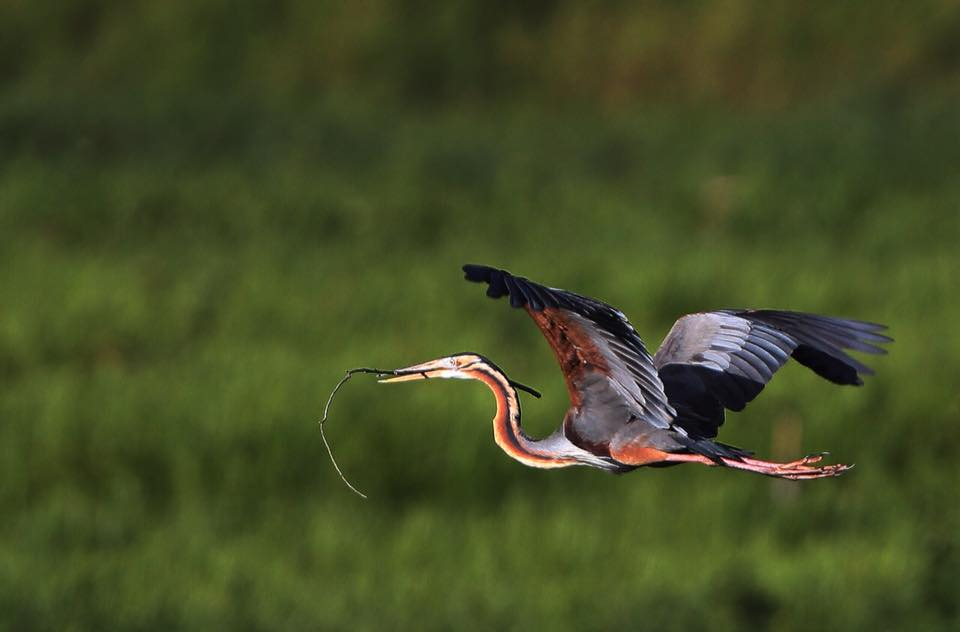
Wetlands are often seen as wastelands, but thousands of migratory birds flying in mixed flocks over the Candaba Wetlands tell you otherwise. These birds cross borders, oceans and continents, spinning a wider interconnected web of ecosystems and shedding light on the role of the earth as a global habitat. They are messengers of hope in our warming world, fluttering messages of biodiversity conservation across the globe.
The message is clear: migratory birds represent global biodiversity, and many of them depend on wetlands for their survival, particularly during migration and breeding seasons. Facing threats of climate change, land reclamation and continued development, the country’s remaining wetlands need a stronger campaign for its wise use and conservation.
“This is why we brought you here. The quiet crisis of our disappearing wetlands needs strong voices for change. You, our media friends, are a strong, influential force in changing people’s minds,” BMB Director Crisanta Marlene Rodriguez highlights the crucial role the media play in raising awareness about the importance of wetlands to humans and wildlife.
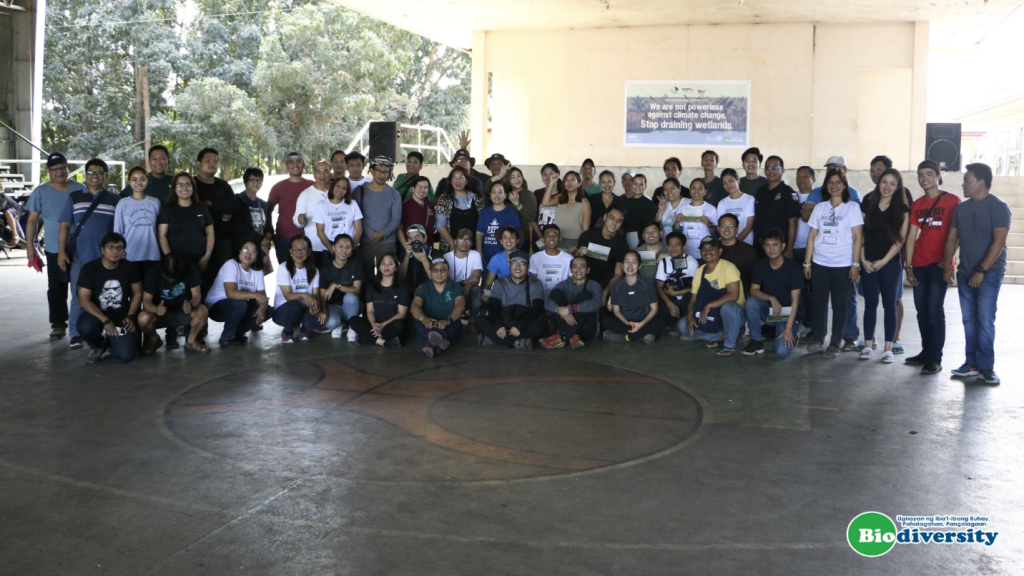
Change is not a destination, neither is the Candaba Wetlands. Change is a journey, the same way the Candaba Wetlands has been for the media, the youth and storytellers alike. They arrive and depart with stories to tell and, for most, the WWD 2019 celebration is only the beginning of a commitment to #ProtectWetlands in this ever-changing world.



